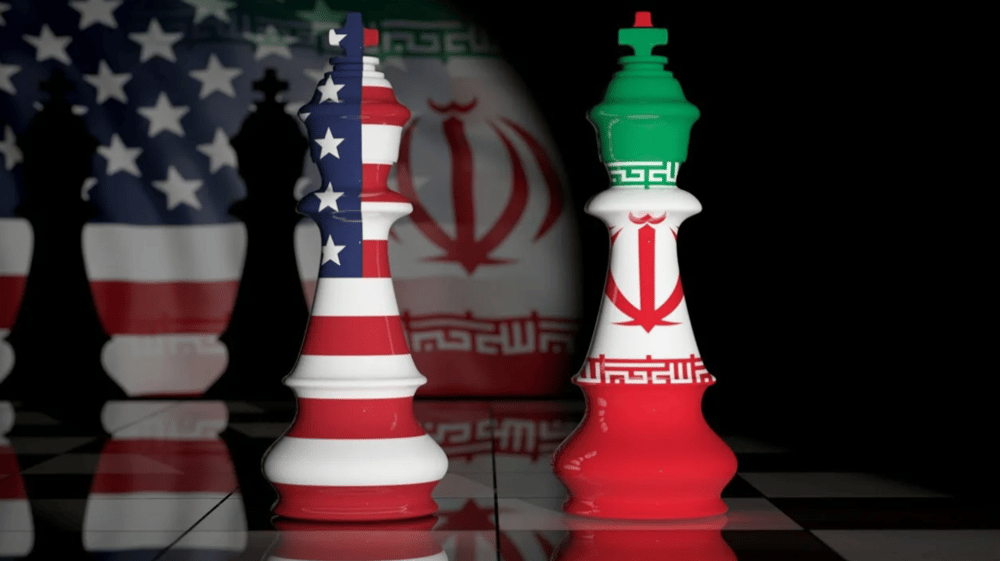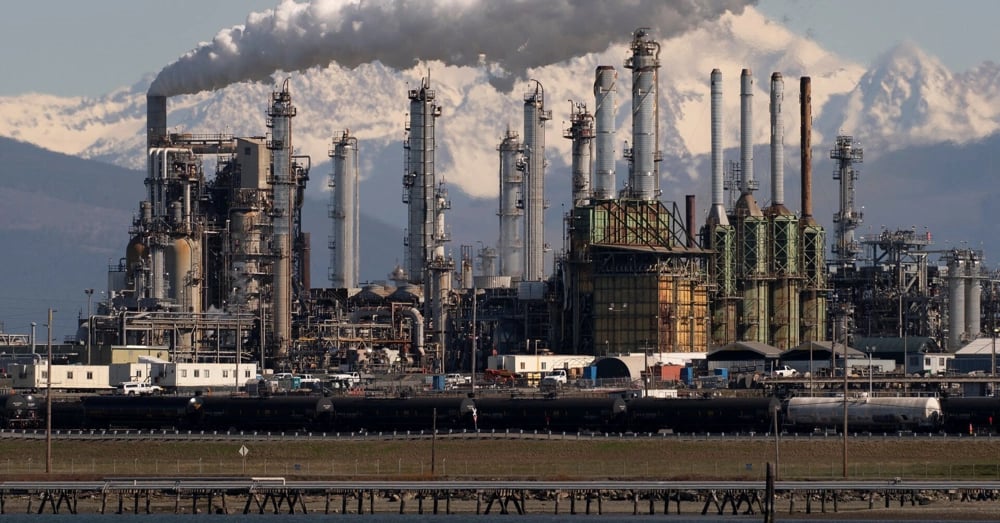Geopolitical Tensions Between Israel and Iran Stir Economic Fears
While global markets continue to recover from the aftershocks of trade disputes, inflationary pressure, and tightening monetary policy in key economies, a new threat is escalating: the intensifying conflict between Israel and Iran. Though geographically distant from major economic centers such as the United States or the European Union, this regional volatility carries the potential to disrupt global energy prices, USD stability, and international trade flows.
Recent escalations in the Middle East suggest a plausible slide toward full-scale war, which could trigger ripple effects through oil supply chains, capital markets, and consumer prices. These tensions come at a time when the global economy is already grappling with fragile recovery momentum.
Potential Economic Fallout of the Israel-Iran Conflict
If geopolitical hostilities continue to escalate, the first and most immediate market reaction would likely be seen in the oil futures market, with Brent Crude and WTI prices (currently hovering around $80–$85 per barrel) at risk of sharp increases. Given Iran's role as a major OPEC member and Israel’s strategic proximity to key maritime oil routes, any disruption could send energy prices soaring, raising concerns for countries highly dependent on oil imports.
Secondly, the USD (U.S. Dollar) could experience increased demand as investors seek safe-haven assets amid global instability. While this may temporarily strengthen the Dollar Index (DXY), it risks triggering currency volatility in emerging markets whose debts are dollar-denominated, thus raising concerns about capital outflows and balance-of-payments pressure.
Additionally, sustained conflict could impede international shipping routes via the Strait of Hormuz, through which nearly 20% of the world's oil supply flows. This would impact global trade logistics, inflate freight costs, and worsen the ongoing supply chain dislocations.

Quick Facts:
Conflict Zone: Rising tensions between Israel and Iran
Primary Commodities Affected: Crude Oil (Brent, WTI), Natural Gas
Currency Impact: Potential USD (DXY) strengthening, pressure on EM currencies
Strategic Chokepoints at Risk: Strait of Hormuz, Red Sea transit zones
Economic Sectors Most Exposed: Energy, Shipping, Manufacturing, Consumer Goods
Extended Analysis: Market Sentiment, Economic Responses, and Strategic Implications
Global stock indices such as the S&P 500 $^SPX and Euro Stoxx 50 may face pressure due to heightened risk aversion. Historically, escalating geopolitical conflict leads to increased volatility indexes (e.g., VIX), as investors reallocate capital from equities into safer instruments like U.S. Treasury bonds, gold, and USD-denominated assets.
Oil companies such as ExxonMobil $XOM and Chevron $CVX may see short-term price gains, while transportation and manufacturing firms could face margin compression due to rising input and energy costs. Additionally, any U.S. or EU sanctions response targeting Iran’s energy exports may further tighten supply, compounding inflationary risks already challenging central banks.
In the political arena, U.S. and EU policymakers are closely monitoring developments, particularly in terms of energy security and regional alliances. NATO’s strategic positioning and potential humanitarian implications are also under review.

Key Developments:
Oil prices spike fears: Escalation could push Brent Crude above $100/barrel
USD as safe haven: Potential appreciation against EUR, JPY, and EM currencies
Shipping risks: Vulnerability of the Strait of Hormuz impacts global logistics
Equity market volatility: Risk-off sentiment may depress SPX and EU indices
Inflationary pressure: Rising fuel costs could undermine global monetary easing efforts
Strategic and Economic Relevance of the Israel-Iran Escalation
While the Israel-Iran conflict remains a regional issue on the surface, its macroeconomic consequences are global. Key sectors—from energy to consumer goods, logistics, and financial markets—are exposed to potential disruptions stemming from armed conflict or even the threat thereof. For the USD and oil markets, geopolitical instability often translates into asset realignment and price shocks.
The situation highlights the interconnectedness of security and economic stability, especially in a post-COVID, inflation-sensitive global landscape. As investors, policymakers, and businesses continue to assess risks, a proactive stance on contingency planning and diversification is now more crucial than ever.















Comments
The rising tensions between Israel and Iran could send shockwaves through an already fragile global economy.
This development highlights how agility in capital allocation is becoming central to tech innovation